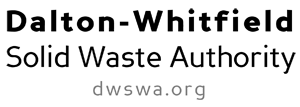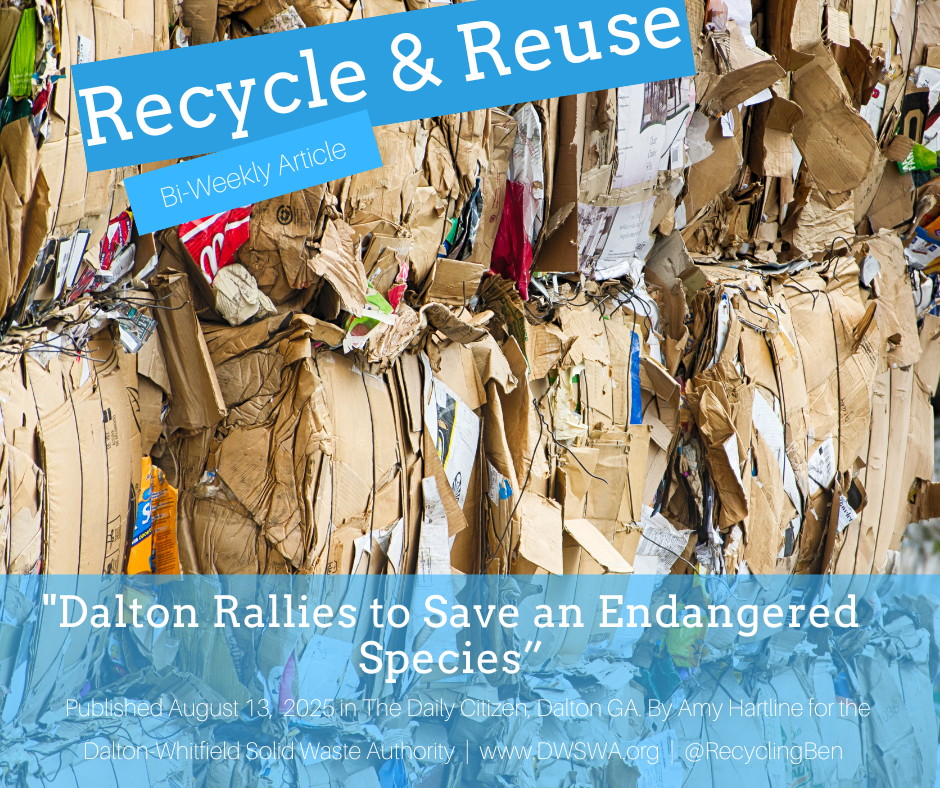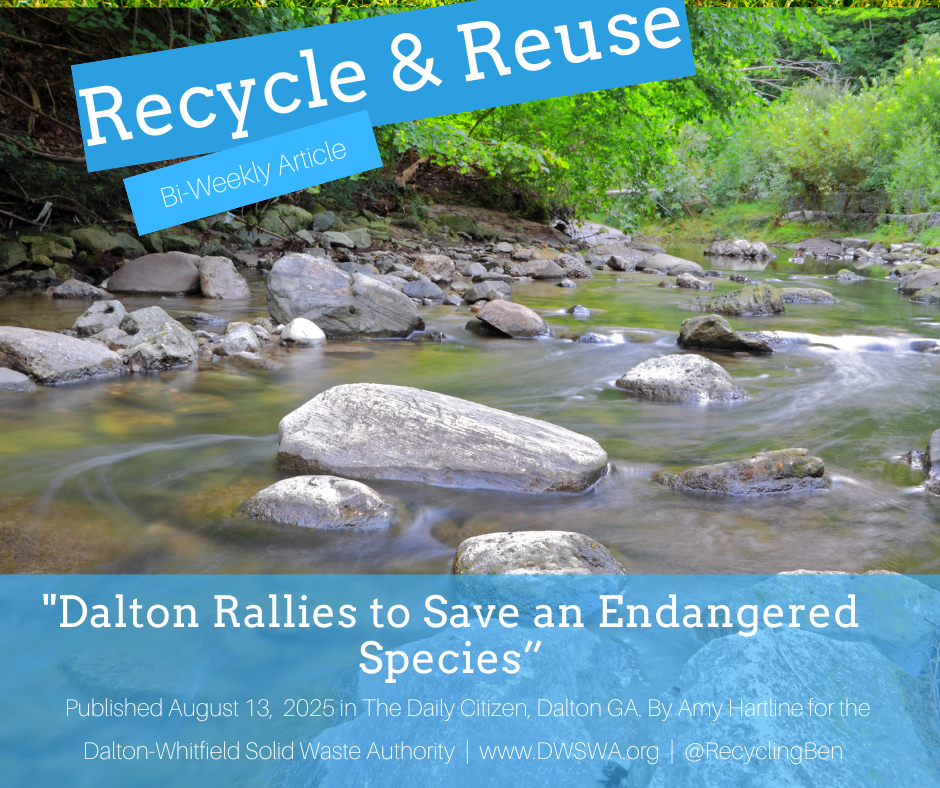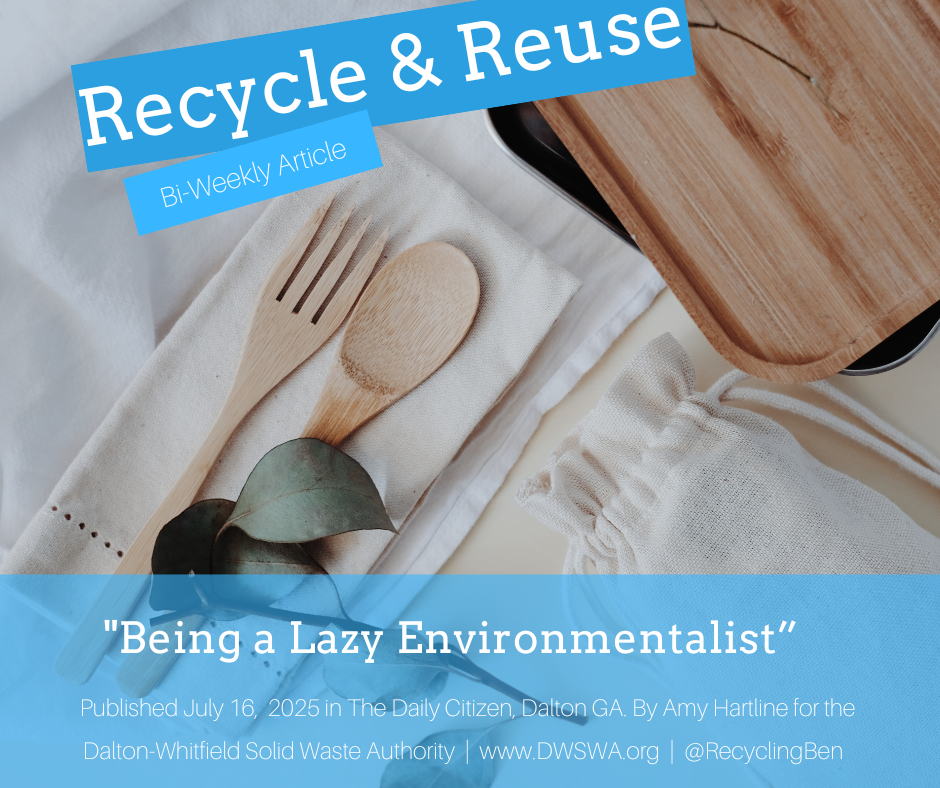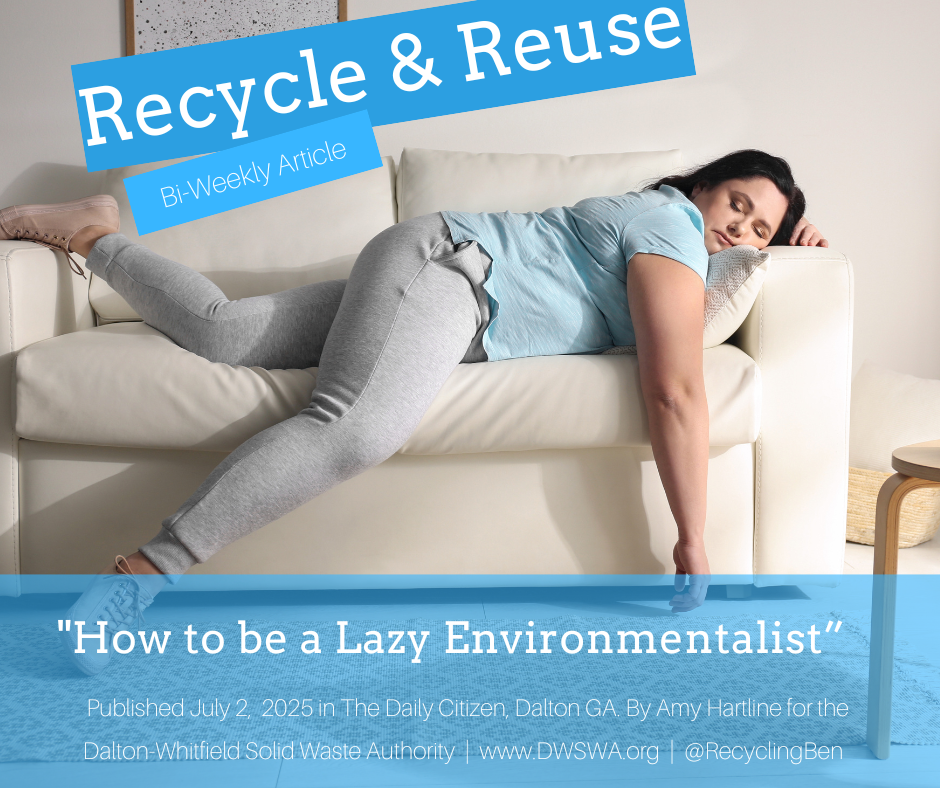How to Make Baking Eco-Friendly
/Scent and taste are two of the most powerful sensory experiences that can bring back memories. The scent and sweet taste of cinnamon rolls always makes me think of Christmas morning as a kid after going through Santa’s presents for me and right before my parents took their Christmas morning nap.
Around the holidays I always find myself baking up cinnamon rolls, cookies, and log cakes, but that holiday baking can take a toll on our waste and energy usage. Over the years, I have found a few tricks to make my baking a little more eco-friendly, but just as tasty.
When planning out my recipes and doing my shopping I try to think of the waste and energy gone into making those products. When available, locally grown and seasonal goods such as eggs or honey are often tastier and take significantly less gas and energy to get to your kitchen counter.
Now that you have your ingredients sorted, see what equipment you use that could be more kind to the planet. My favorite eco swap was beginning to use silicone baking mats. These slick and easy-to-clean pads often replace aluminum and parchment paper in my cooking and baking. They can withstand hot temperatures, don’t carry flavor, and never cause my cookies to stick to them. You can find this swap easily for around fifteen dollars. Used over a long enough period, it helps limit your baking waste and saves you money.
Reusable cupcake liners are also a great silicone product for baking that can be used whenever you make cupcakes for the family. While I would still lean toward using paper cupcake liners that could be composted when giving them away, if you are just enjoying them together there is no reason not to use bright liner that can be run through the dishwasher after.
While you are baking, consider when you preheat your oven. Usually, we preheat the oven as soon as we start, but many ovens will preheat much faster and will then use much more energy than was necessary. Turn your heat off when you preheat your oven to make it work double-time and heat your home as it prepares to bake up those cookies.
To save water along with your saved energy there are a few actions and swaps for the kitchen. Often, we wash our hands before, sometimes during, and after baking. To help keep this from being too wasteful, don’t run your water while you are scrubbing.
In the same way, don’t run your faucet while you are scrubbing dishes after and keep a bowl of soapy water to dip your sponge into instead of continuously running it under the faucet. You can cut down on this even more by switching for a low-flow faucet and spray valve if you redo your kitchen.
Once your baking is done, you may want to store some for later. There are a few eco-friendly ways to handle this too.
I recommend not using wax paper when possible because it is not recyclable even though it is technically paper. The thin layer of wax on both sides makes it impossible to recycle and can even make it difficult to compost if you don’t shred it up enough. Instead, invest or make some beeswax wraps which serve a similar purpose. I then use Tupperware, reused plastic or metal bins, and silicone bags that can be washed out after.
With a few swaps in our ingredients and equipment and a few changes of baking habits we can make a difference each time we have a baking session. We don’t have to sacrifice the taste of our treats to make a difference and there are many areas of life that making a few eco-friendly changes won’t lead to any downgrade in our life but will help us create a healthier planet for us to enjoy those lives in.
